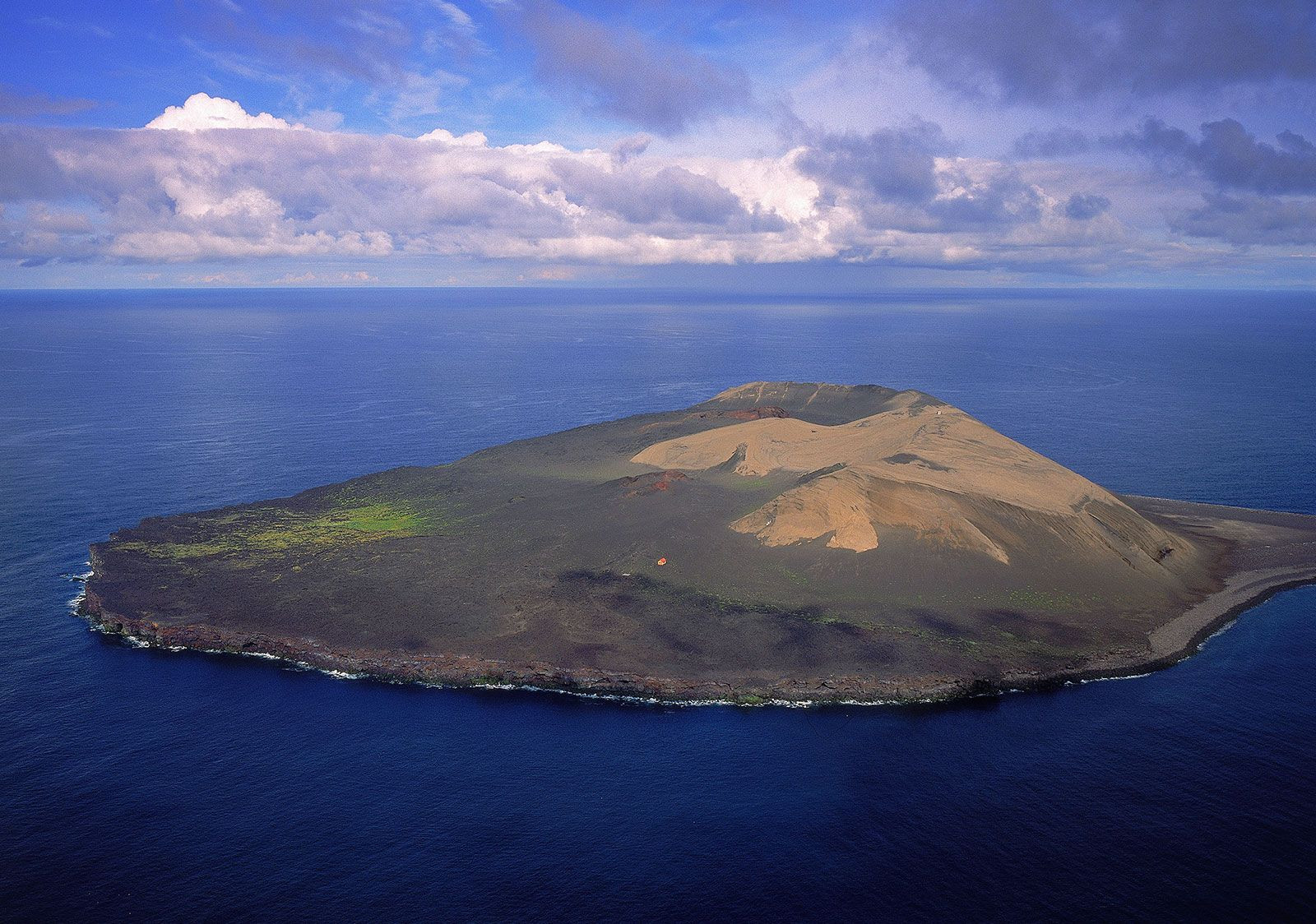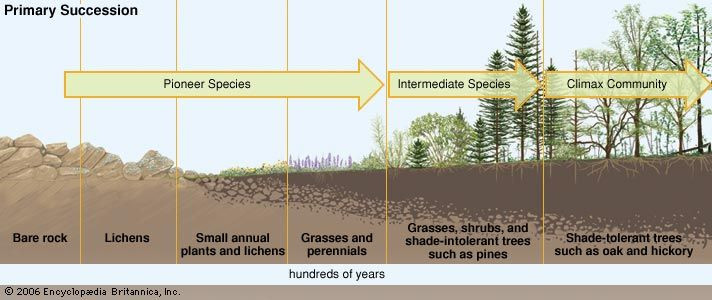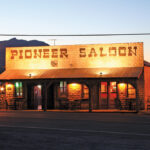In the realm of ecology, environments are constantly evolving. Sometimes, dramatic events like volcanic eruptions or glacial retreats create completely barren landscapes. In these harsh, newly formed habitats, life seems impossible. Yet, nature has a remarkable way of initiating life even in the most desolate conditions. This is where pioneer species come into play. But what exactly is a Pioneer Species Definition, and why are they so crucial?
Pioneer species are the hardy organisms that are the first to colonize barren environments in a process known as ecological succession. These resilient life forms, often microorganisms, lichens, and certain plants, are equipped to withstand extreme conditions such as nutrient-poor soil, limited water availability, and intense sunlight. They are the vanguard of ecological communities, paving the way for more complex ecosystems to develop over time.
Surtsey, a volcanic island that emerged from the Atlantic Ocean, serves as a striking example of pioneer species in action. This newly formed landmass was initially devoid of life, yet it was quickly colonized by pioneer plants like sea rocket (Cakile arctica) and sand ryegrass (Leymus arenarius), along with lichens and mosses. These species demonstrated the ability to establish themselves in a nutrient-poor volcanic landscape, initiating the island’s ecological development.
Examples of Pioneer Species
Pioneer species encompass a diverse group of organisms, each playing a unique role in early colonization:
- Microorganisms: Bacteria are often the absolute first colonizers. They can thrive in almost any environment, including bare rock and glacial surfaces. They begin the essential processes of nutrient cycling in these new landscapes.
- Lichens: These fascinating organisms are symbiotic partnerships between fungi and algae. Lichens are renowned pioneer species, capable of extracting nutrients from the air and even bare rock. They secrete acids that slowly break down rocks, initiating soil formation.
- Mosses: Like lichens, mosses are early plant colonizers. They contribute to rock weathering through acid production and add organic matter as they grow and decompose, further enriching the developing soil.
- Vascular Plants: Certain hardy plants are also pioneer species. On Surtsey, plants like sea rocket, sand ryegrass, oysterleaf (Mertensia maritima), and seaside sandplant (Honckenya peploides) were among the first to take root. These plants are adapted to disperse easily and tolerate harsh coastal conditions.
The Crucial Role in Ecological Succession
Pioneer species are not just about survival; they are ecosystem engineers. Their presence dramatically alters the environment, making it habitable for other species. This process is known as primary ecological succession, which begins in lifeless areas such as bare rock exposed by glacial retreat or new volcanic islands.
The diagram illustrates primary ecological succession, highlighting the role of pioneer species in the initial stages. Lichens, mosses, and microorganisms initiate soil formation on bare rock. This newly formed soil, though initially rudimentary, allows for the establishment of simple plants like grasses. As these plants grow and decompose, they further enrich the soil with organic matter. This improved soil structure and nutrient availability then paves the way for intermediate species, such as shrubs and fast-growing trees, to colonize the area.
Over time, the environment continues to change. The shade created by shrubs and trees makes it less suitable for the initial pioneer species, which are gradually replaced by these later successional species. Eventually, ecological succession can lead to a climax community, a stable and mature ecosystem that can persist for centuries. However, this entire process is initiated and fundamentally dependent on the pioneering efforts of those first, resilient colonizers.
In conclusion, the pioneer species definition extends beyond simply being the first inhabitants. They are the catalysts of ecological change, transforming barren landscapes into thriving ecosystems. Their ability to endure harsh conditions and modify their environment makes them indispensable architects of biodiversity and ecological succession.


 primary ecological succession
primary ecological succession